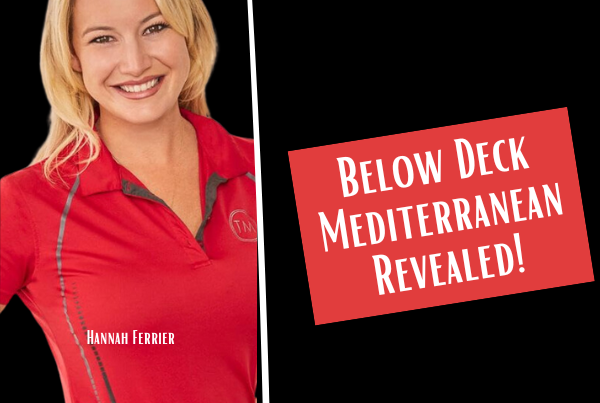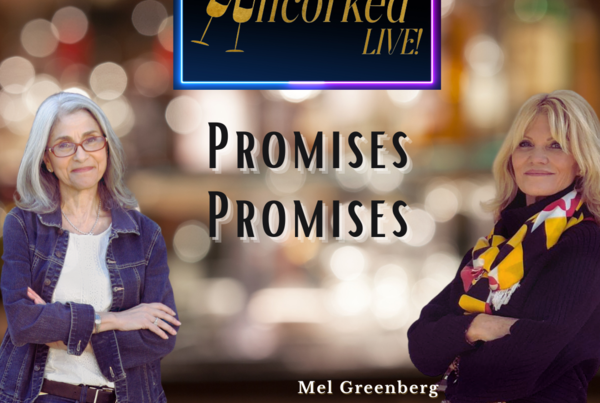The Little White Lie Movement is all about the lies we tell ourselves about getting old — TOO OLD to be beautiful, visible, sexy, important in our career, and on and on. It’s time to dig deep and get practical about one of the most definitive clues to our age and our image: Hair…. and going gray gracefully!
We are so emotionally attached to our hair – men and women alike — and it’s how the LWL Movement got started.
This is my Little White Lie…
I’ve been an influencer almost all my adult life, inspiring thousands of people to be authentic and visible. All the while I was hiding behind my white hair, getting it colored every 3 weeks for 30 years! The lie weighed on me until my 60th birthday, when I decided to “go natural” — and do it publicly. My journey of transition became the Little White Lie Movement, which has developed into a global community exploration of the LWLs we all have in our lives in our own ways.
So, let’s talk about how to go gray gracefully. I’ve invited a very special person to join me for this — Randi Lu, my hair stylist, from Bernie’s Hair Salon in my hometown of Napa, CA, who has held my hand all the way, helping me reveal the real me in all my shiny white glory and authenticity!
Randi was my guest on the Little White Lie FB Live show. You can watch the show here:
I started our conversation with my typical question: “What is YOUR Little White Lie?”
Randi’s response: “My Little White Lie would be getting used to, owning, my ‘new normal.’ I’m almost 38 and I’ve noticed [things] have definitely changed. Like my hair — it’s going gray, I color it, but it’s changed texture-wise. My skin is completely different. Body parts are completely different. Lots of things … Hormones. Mood swings. All of it. It’s been hard to get used to that.”
Wow, can you relate?
This is a big one for so many of us, especially women! A new normal for you might be going back to your natural hair color, stepping into your own ‘shiny white glory.’ If so (or, frankly, if you’re starting any other kind of transition), this is for you …
Step 1: Your decision to go natural. Take some time to reflect on why you want to change, pros and cons of doing the deed, and picturing what it will be like living a ‘truer’ you. Your reasons may be embracing your natural beauty. Maybe it’s the money and time-suck factors. Maybe it’s the safety and health aspects. Randi: “I don’t think coloring hair is unsafe, but I’m not a doctor. Of course you’re putting chemicals in your hair and on your scalp, and that’s not good for your hair.”
Step 2: Talk to your hairdresser. Find out: how you go about it; what the process will be; how long it will take; how you’ll look during the transition; what changes you can expect; what products you’ll need. Randi: “I like to have a lot of consultation about [making the transition to natural color] and really get to why they want to do it, and what’s important to them … People identify with their hair a lot. They ask, ‘Will it make me look old? Is it gonna age me more?’ That’s really common. They’re sick of being tied down to coloring their hair every three to four weeks. But they’re scared to do it. And the process … it’s definitely a process.”
But don’t worry, there are a lot of options available to make the process smooth, keep you sane, and end up with gorgeous, healthy hair.
Step 3: Choose your options. I had asked Randi: “Can I just strip all the color out and make it blonde, so when the growth comes in, it would be less obvious (my hair was very dark brown)?” Randi responded: “We could, but stripping the color out of your hair is really unhealthy, especially if you want to keep it long. It does make the grow-out easier because it’s closer to the gray hair, but you still have the grow-out line.”
If you are one of the people who are really against seeing the roots showing, you might want to choose the bleach-out. Also helpful is a short haircut, and there are some cute styles that are youthful and fresh as your natural color comes in.
The second option, which I chose, was to do a process over my hair that slightly lightened it. “We just basically did a heavy highlight (or called a weave) just to lighten Caren’s hair to make the line softer as her hair grows out.” We did this a little at a time which was the healthiest for the hair. After a few times I chose not to continue, but to just bite the bullet and let the natural come through.
By the way, you can always buy yourself some great hats, scarves or headbands to cover up those roots or “bad hair days” or when you just don’t feel like splaining!
Step 4: Healthy hair care during and after. The next thing Randi told me was that now I had to take care of my hair in a different way, to protect it. That meant using different products. Here are a couple she recommended that I love to use:
Argan oil (I used Unite brand from her salon; you can get it on Amazon.com). “You need to use moisturizing shampoo, a lot of moisture on your hair, because we had highlighted it and it’s damaged now. Argan oil also helps your hair texture which will be great for your natural hair when it grows in. You can use it wet or dry. Use it before you blow dry, or let it dry naturally and then use it the next day, even if you don’t wash your hair. It’s a great product to make your hair healthier.”
Purple shampoo (also called violet, silver, or blue). “To help tone out yellow that a lot of gray hair can take on. The yellow tinge happens because it picks up pigments from the environment.” For me, it helps keep my highlights in the brown hair toned, because they can get brassy.
P.S. Don’t scare your significant other as you’re standing in the shower looking like one big purple bubble head!
Step 5: Be ready for new normal(s). As Randi noticed for herself, you might find your hair texture changing. Also, as your natural color comes in, the makeup and colors you’ve been wearing may not work anymore. For some inspiration and ideas about looking your most beautiful best, check out this interview with rockstar wardrobe stylist David Royer.
Be ready for some bumps in the road — no worthwhile transformation is going to be totally smooth. Here’s a glimpse into my experience.
And know what? I survived, recovered, and learned some valuable lessons.
Randi offers this: “Sometimes the people around you aren’t going to be very nice about it. Maybe a sister or a husband. I’ve had clients say, ‘Well I think about doing it, but then I see my friend and she looks so much older.’ It just really depends, that might not be true for you. Again, your hairdresser is definitely somebody you would want to talk to because they know your hair better and they know you. They know what it’s like to go through this process.”
If you are really ready to do this, those people who aren’t being nice or supportive won’t bother you. You’ll know you’re doing something important for yourself!
And … you can always go back to coloring!
Step 6: Get support. If you take nothing else away from this article, please remember this: When you’re going through a transition in your life (facing your LWL), whether it’s about hair or anything else, it’s really nice to have somebody there to help you. I’m so grateful for Randi and my support community. Don’t go it alone! DO go to the pros, and find supportive friends and community throughout your transition process.
Thanks for joining the Little White Lie Movement!




